20 Interesting Facts About Sparrows You Should Know

Sparrows are one of the most common backyard birds that can be found in neighborhoods worldwide. Their small size and chirping songs make them a familiar presence for many.
But beyond their recognizable appearance, sparrows have many surprising traits and adaptations that make them unique in the avian world.
In this comprehensive guide, we will explore 20 fascinating facts about sparrows to give you a deeper understanding of these ubiquitous birds.
An Overview of Sparrows
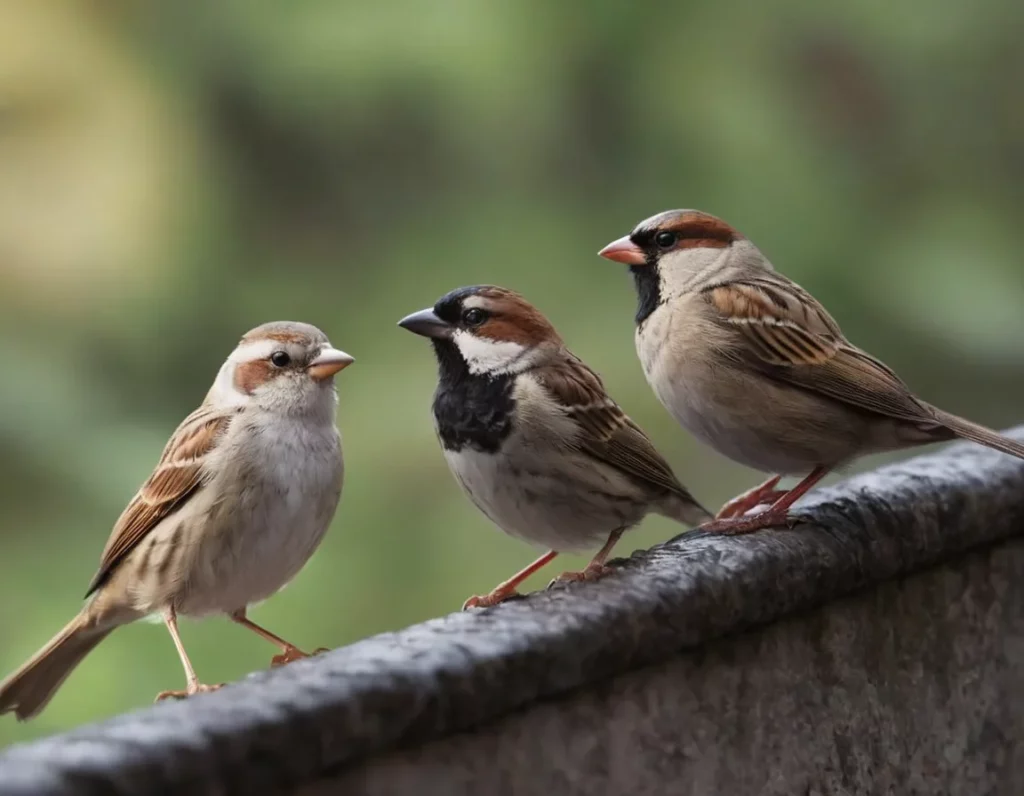
Sparrows belong to the passerine family Passeridae, which includes over 140 species of small birds. Here are some key identifying traits of sparrows:
- Size: Sparrows are small in size, typically ranging from 4.7 to 7.5 inches in length and weighing about 1 ounce on average.
- Appearance: They have squat bodies, small heads, short legs, and thick conical beaks adapted for eating seeds. Their feathers are primarily brown, black, white, and gray.
- Habitat: Sparrows have adapted to live in diverse environments including forests, grasslands, deserts, and human settlements.
- Diet: They are opportunistic feeders and forage for seeds, grains, insects, fruit, discarded food scraps, and more.
- Behavior: Sparrows are very social and live in noisy flocks ranging from small groups to thousands of birds.
Now let’s dive into the fascinating facts about these common birds!
1. There Are Over 140 Species of Sparrows
The passerine family contains many genera of sparrows with over 140 recognized species. Some of the most common types of sparrows include:
- House Sparrow
- Song Sparrow
- Chipping Sparrow
- White-crowned Sparrow
- Savannah Sparrow
- Fox Sparrow
Sparrows inhabit diverse regions across North America, Europe, Asia, Africa, and Australia. The wide range of species reflects their ability to adapt to different environments.
2. Sparrows Have Distinctive Chirping Vocalizations
One of the easiest ways to identify sparrows is by listening to their characteristic vocalizations. Sparrows produce simple repetitive chirps used to communicate within flocks and attract mates.
Their songs are not complex melodic tunes like some songbirds. Still, the variations in rhythm, pitch, and tone create unique vocal signatures for each species. Becoming familiar with their calls is an excellent way for bird watchers to distinguish different types of sparrows.
3. They Form Large Flocks for Feeding and Protection
Sparrows have an extremely social lifestyle and congregate in groups called flocks. The size of flocks varies greatly, ranging from small family units with a dozen birds up to enormous flocks of thousands of individuals.
Roosting and feeding in groups provides protection from predators through safety in numbers. Flocks also enable easier spotting of food sources and allow knowledge sharing about good foraging areas. The social dynamics within flocks are complex, with ever-shifting affiliations between different sparrows.
4. Sparrows Are Opportunistic Omnivores
The diet of sparrows is diverse, consisting mainly of seeds from grasses and weeds but also including fruits, grains, nectar, insects, and even discarded human food in urban areas. They exploit a wide range of food through their opportunistic foraging habits.
This varied omnivorous diet allows sparrows to thrive in different habitats where they can take advantage of multiple food niches. The availability of food influences the breeding patterns of many sparrow species.
5. They Have a Fast, Zipping Flight Style
Despite their tiny size, most sparrows are powerful flyers capable of reaching speeds over 20 mph. Their flight style consists of fast, darting movements with quick wing beats.
Some migratory species like the White-crowned Sparrow can reach impressive top speeds of 27 mph during travel. The agile maneuverability and acceleration of sparrows allows them to navigate dense vegetation and evade aerial predators.
6. Sparrows Have Adapted Well to Urban Environments

Many sparrow species have adapted successfully to live in close proximity to humans in urban parks, gardens, and city squares. For example, the House Sparrow is found in nearly every major city across the world.
Urban habitats provide food sources like bird feeders and fruiting ornamental plants. Access to shelter and nesting areas in buildings and other structures helps sparrows thrive. However, pollution and fewer native plants can negatively impact sparrow populations in cities.
7. They Form Seasonal Monogamous Bonds for Breeding
Sparrows demonstrate a monogamous breeding system in which a male and female partner exclusively for a single breeding season to raise young together. They choose new mates each year, although some re-pairing with previous mates can occur.
Both parents actively participate in nest construction, incubating eggs, and provisioning hatchlings. The monogamous breeding strategy is energy intensive but increases the chance of reproductive success and survival of the juveniles.
8. Sparrows Symbolize Love and Joy in Many Cultures

Across different world cultures and myths, sparrows have been viewed as symbolic of undying love, joy, and protection. For example:
- In Ancient Greek and Roman mythology, sparrows were considered a sacred bird to Aphrodite, the goddess of love.
- In European folklore, sparrows are viewed as blessed birds that carry the souls of the dead to heaven.
- In Christianity, their sociability and industriousness represent spirituality and God’s devotion.
The global association of sparrows with qualities like love and spirituality reflects their likable nature.
9. Sparrows Are an Important Model Species in Scientific Studies
Many species of sparrows have been extensively studied by ornithologists to understand topics ranging from genetics and evolution to mating behavior and navigation.
Some key reasons they make excellent scientific research subjects:
- Abundant – Can study large sample sizes
- Manageable Size – Easy to house and handle
- Quick Generations – Allows observation across generations
- Complex Social Dynamics – Insight into flocking, mating, territoriality
- Sensitive Indicators – Changes reflect environmental impacts
10. Their Populations Are Declining in Some Regions
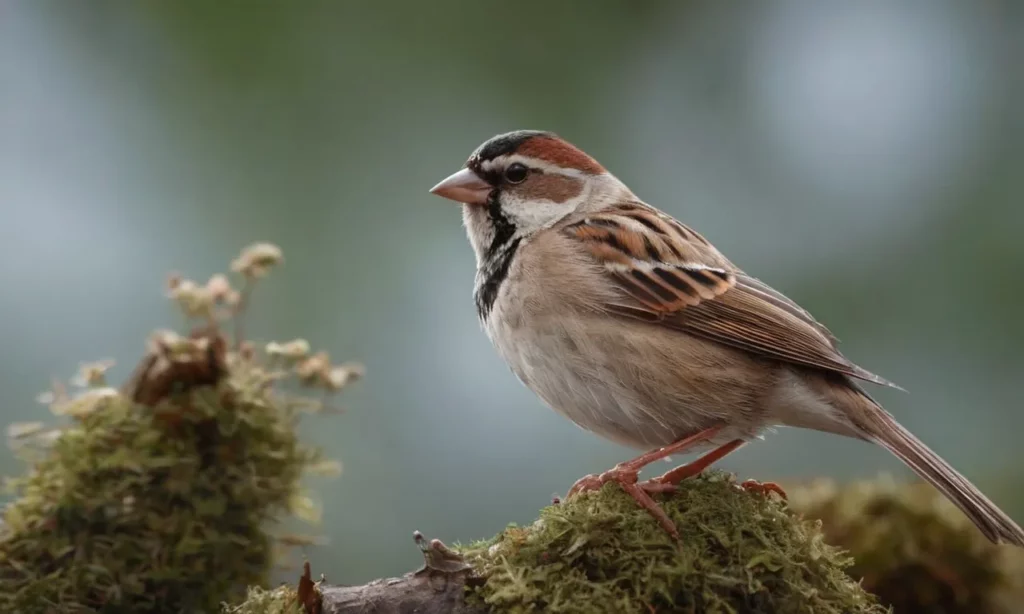
Unfortunately, sparrow numbers have been declining significantly in certain parts of their range over the past few decades. Habitat loss from urbanization and agricultural expansion is a major culprit.
Pesticides reduce insect food sources while climate change alters suitable breeding grounds. Predation from cats and collisions with buildings also contribute to lowered survival rates. Protecting sparrow populations requires conservation efforts focused on their habitat and food security.
11. Sparrows Have High Learning Abilities
Sparrows display excellent learning skills and behavioral plasticity, according to scientific studies. Captive sparrows are able to rapidly learn complex tasks like opening puzzle boxes to obtain food rewards. This shows their cognitive adaptability.
Wild sparrows also quickly learn to use new food sources, nesting sites, and other resources. Their ability to adjust habits helps them thrive in diverse environments shaped by humans.
12. They Have Exceptional Eyesight
Vision is a primary sense for sparrows, which have excellent eyesight superior to humans in some ways. They see a wide spectrum of colors including ultraviolet wavelengths invisible to us. Ultraviolet sensitivity helps sparrows spot food and identify each other by plumage patterns.
Sparrows also have better motion detection, allowing them to catch fast-moving insect prey. Their visual acuity makes it possible to see small seeds and maintain vigilant watch for aerial dangers. Strong eyesight is vital for their survival.
13. Some Sparrows Can Detect Magnetic Fields for Navigation
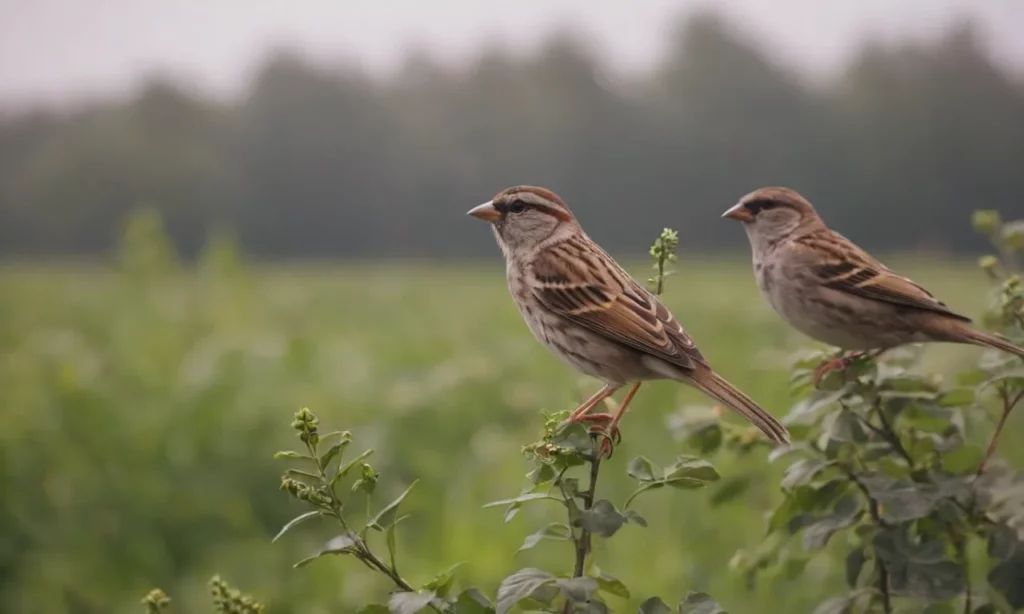
Magnetoreception is the ability to perceive magnetic fields, which assists with orientation and navigation during migration for some birds. Experiments show that certain sparrow species like White-crowned Sparrows contain deposits of magnetite in their beaks allowing them to sense Earth’s magnetic fields.
This magneto-sensitivity provides improved navigational capacity over long distances during their seasonal movements. The cryptochrome protein in their eyes also helps orient them based on detecting blue light patterns.
14. Their Feather Patterns Are Optimized for Camouflage
Through natural selection, different sparrow species have evolved unique feather pigmentation designs that help them blend into their typical surroundings as camouflage from predators.
For example:
Interestingly, juveniles often have drabber versions of adult plumage to hide better while they learn survival skills.
15. Sparrows Build Elaborate Nests in Days
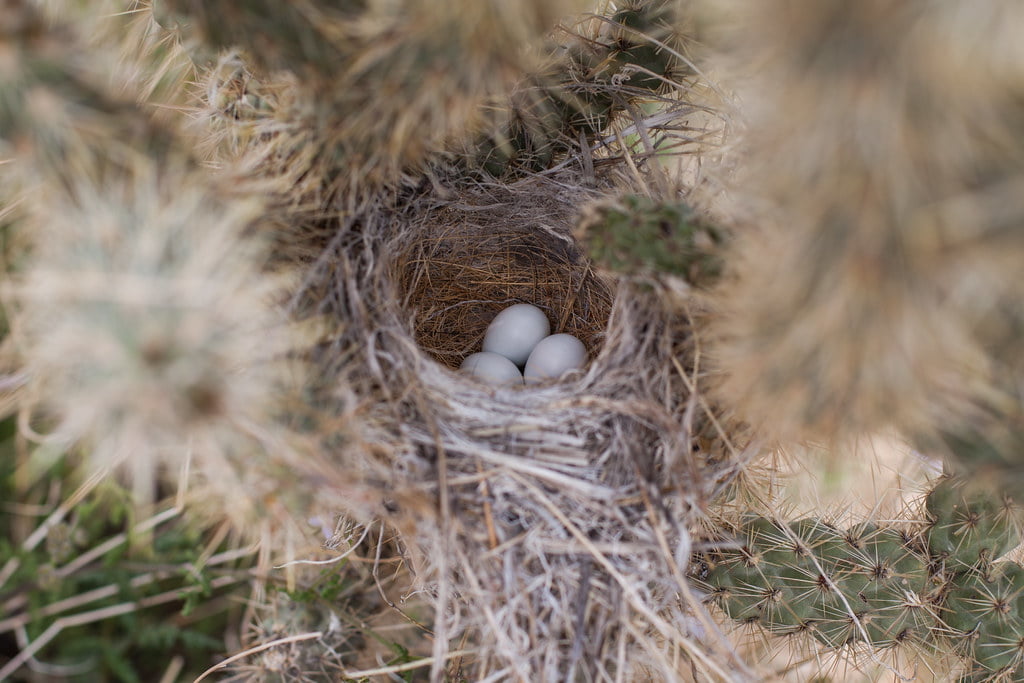
One of the most impressive examples of sparrows’ construction skills is their finely woven nests. They use available materials like twigs, grass, feathers, and moss to build cup-shaped nests with neat interlaced walls in the span of 2-6 days.
16. Their Diet is Highly Flexible Based on Food Availability
As opportunistic foragers, sparrows have a diverse and flexible diet of plant- and animal-based foods. Here are some of their major food items:
Their ability to switch between multiple types of foods in different proportions allows sparrows to maximize calorie intake in all seasons.
17. Sparrows Form Communal Roosts for Warmth in Winter
To conserve heat during cold winters, sparrows congregate in densely-packed communal roosts at night. Huddling together helps retain body warmth and reduces overnight energy loss.
18. They Have a Unique Bathing Behavior

Bathing serves the dual purpose of cleaning plumage and removing ectoparasites for sparrows. Their characteristic bathing technique involves fluffing up feathers while rapidly shaking their bodies and splashing vigorously in shallow water.
The water droplets spray outward, dislodging dirt and creating a cleansing effect similar to taking a shower. After their intense water bath, sparrows preen themselves to rearrange feathers and apply waterproofing oil from their uropygial gland.
19. Sparrows Inhabit All Continents Except Antarctica
Thanks to their exceptional adaptability, sparrows have an extensive global distribution and are found on all continents except Antarctica. Different species occupy diverse habitats including:
- Tropical Rainforests: Rufous-collared Sparrow, Java Sparrow
- Deserts: Black-throated Sparrow, Rock Sparrow
- Arctic Tundra: Lapland Longspur, Snow Bunting
- Mountain Ranges: Russet Sparrow, Eurasian Tree Sparrow
- Urban Areas: House Sparrow, Italian Sparrow
Sparrows’ tolerance to extreme conditions lets them live almost anywhere with vegetation for food and shelter.
20. Keeping Sparrows as Pets Has Been Popular Historically
There is a long tradition of keeping certain sparrow species as pets due to their pleasant chirping, sociable nature, and attractive plumage. Some types commonly kept as pets:
- Java Sparrow – A very popular cagebird known for melodious chirps. Native to Asia.
- Society Finch – Colorful hybrid bred from House Sparrows and Canary mating.
- Eurasian Tree Sparrow – Tame, resilient pet sparrow in China for centuries.
Providing proper housing, socialization, and diet is crucial for sparrow health and welfare in captivity. Some countries now restrict sparrow capture and trade due to declining populations.
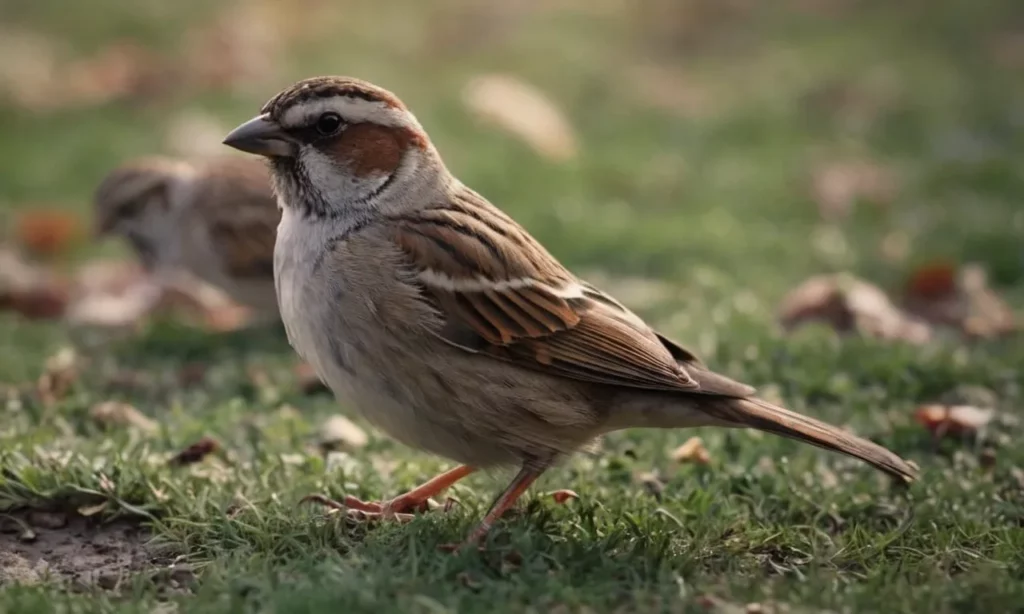
Key Takeaways on Amazing Sparrows
In conclusion, sparrows are much more remarkable than their common city bird reputation suggests. Learning about sparrow traits and lifestyles reveals amazing adaptability and evolutionary innovations. Watching sparrows in your neighborhood will give you new appreciation for these charismatic little birds.





